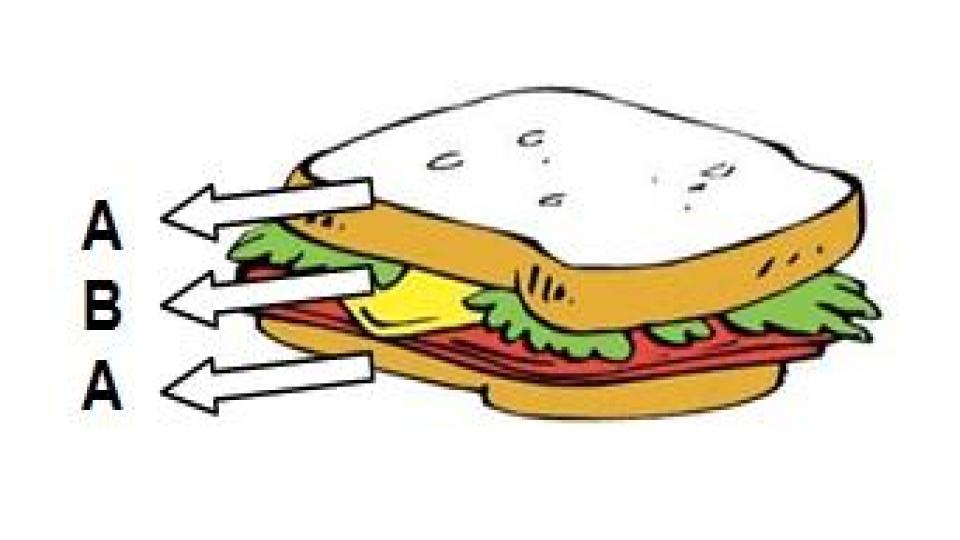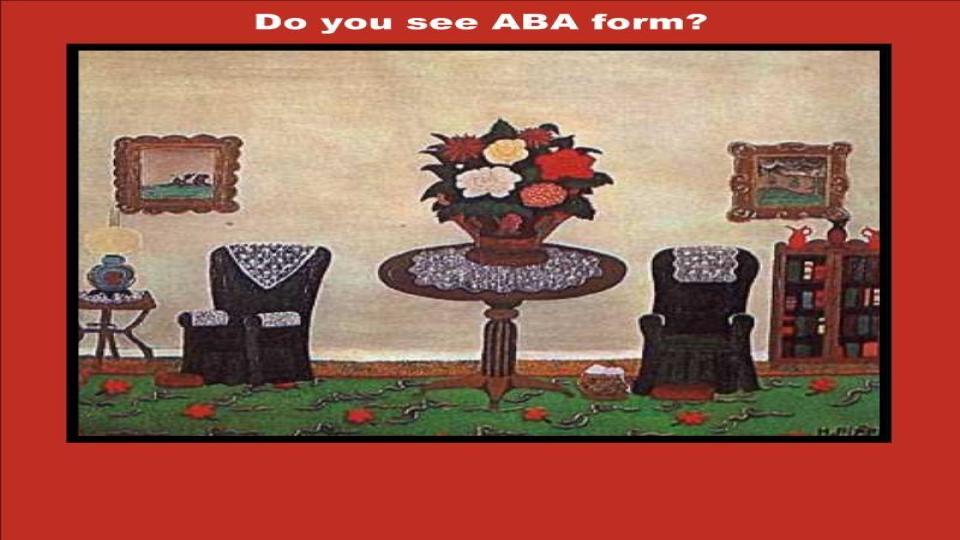THINK!
Introduction to Mozart
Watch this video to learn a little bit about the composer Wolfgang Amadeus Mozart
Mozart was AMAZING at improvising and changing the songs that he heard. One song that he changed 12 different times is the song we know as "Twinkle, Twinkle Little Star". Even that song had a different name when it was first written hundreds of years ago. Listen to the music in the video below. Do you hear "Twinkle, Twinkle in the beginning? What about when the music changes and sounds DIFFERENT? If you listen carefully you can still hear the original song in the background.
Mozart fue INCREÍBLE improvisando y cambiando las canciones que escuchó. Una canción que cambió 12 veces diferentes es la que conocemos como "Twinkle, Twinkle Little Star". Incluso esa canción tenía un nombre diferente cuando se escribió por primera vez hace cientos de años. Escuche la música en el video a continuación. ¿Escuchas "Twinkle, Twinkle al principio? ¿Qué pasa cuando la música cambia y suena DIFERENTE? Si escuchas con atención, aún puedes escuchar la canción original de fondo.
Here's another song with an ABA form. Listen for the A section and the B section...
Aquí hay otra canción con forma ABA. Escuche la sección A y la sección B ...
Just like in the example above we can find ABA form in art as well. Check out these pictures and see if you can find the ABA patterns hidden in them.
Al igual que en el ejemplo anterior, también podemos encontrar la forma ABA en el arte. Mire estas imágenes y vea si puede encontrar los patrones ABA escondidos en ellas.
When we IMPROVISE on a song we take the original and make it different. When we really like what we've done we can keep it and a "new" song and now it is called a VARIATION. Listen to the Turkish March by Mozart. Listen to the ENTIRE song. It's only a little over 4 minutes. It's good to build your listening stamina!
Cuando IMPROVISAMOS una canción, tomamos la original y la hacemos diferente. Cuando realmente nos gusta lo que hemos hecho, podemos mantenerlo y una canción "nueva" y ahora se llama VARIACIÓN. Escuche la Marcha Turca de Mozart. Escuche TODA la canción. Son solo un poco más de 4 minutos. ¡Es bueno desarrollar tu resistencia auditiva!
Now compare it to THIS version of the same song. What do you think?
Ahora compárelo con ESTA versión de la misma canción. ¿Qué piensas?
Did you know that music has a heart beat just like we do? Put your hand on your chest and see if you can feel your heart beating. Is it fast or slow? Does it change? How can you make it change? In music we call this a steady beat. Whether it is fast, slow, or somewhere in between the beat always stays steady and constant. Watch this video about steady beat.
¿Sabías que la música tiene un latido del corazón como nosotros? Ponga su mano sobre su pecho y vea si puede sentir su corazón latiendo. ¿Es rápido o lento? ¿Cambia? ¿Cómo puedes hacer que cambie? En música llamamos a esto un ritmo constante. Ya sea rápido, lento o en algún punto intermedio, el ritmo siempre se mantiene estable y constante. Vea este video sobre el ritmo constante.
In music we call this note a "TA". It gets 1 beat.
En música llamamos a esta nota "TA". Obtiene 1 latido.
TA
Watch this video of Mozart's "Rondo Alla Turca." Did you see all the "Ta's" in there?
Mire este video del "Rondo Alla Turca" de Mozart. ¿Viste todos los "Ta" allí?
When a beat in music has no sound we call it a REST. To hold it's place we say the word "Shhh."
|
Shhh |
Cuando un ritmo en la música no tiene sonido, lo llamamos REPOSO. Para mantener su lugar, decimos la palabra "Shhh".
Así es como se ve un REST de 1 tiempo en la música. |
Reading Rhythms!
(¡Leyendo Ritmos!)
|
|
|
What do you think this might mean?
(¿Qué crees que podría significar esto?)
Mozart said:
|
Mozart dijo:
"No presto atención a los elogios o las culpas de nadie. Simplemente sigo mis propios sentimientos". |




